We haven’t done a dedicated mailbag post since 2017, so we dug out the old mailbag, took all of the earnestly asked questions accumulating over the years, and threw them all away. All those letters were from The Before Times, when seasons lasted 162 blissful games, the major and minors league worked in beautiful harmony, and John Coppolella was still annoying fellow GMs with long text messages trying to trade for their #17 prospect just coming off Tommy John surgery.
Simpler times.
So we asked the Outfield Fly Rule Facebook Group for a fresh batch of questions, and they did not disappoint!
You can submit your questions the following ways:
- Email us
- Tweet us (@OFRSports)
- Post them in the Outfield Fly Rule Facebook group.
Q: What are some starting pitching options… AAA, trades, etc.? – P. Summers
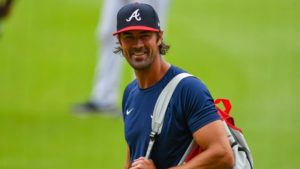
A: I posted some options a couple weeks ago when Soroka went down, but I’ll sum up:
Internal: Ian Anderson, Tucker Davidson, Bryse Wilson, Patrick Weigel, Huascar Ynoa, Jasseel De La Cruz, Kyle Muller, Jared Shuster. Probably in that order of likelihood. I think we see at least Anderson, Davidson, and Weigel before the end of the year, and Ynoa has already been used as an opener. Don’t count out De La Cruz.
Of the veteran pitchers there’s also Robbie Erlin, who did a great job as an opener last weekend, and Josh Tomlin, who will get the start today. Some are also mentioning Tyler Matzek as a possibility, but other than using him as a 1- or 2-inning opener I don’t see it.
Also, Cole Hamels will be eligible to come off the 45-day IL in less than 3 weeks. If he’s going to actually be an option this year, we should hear reports of him pitching in intrasquad games at the Alternate Training Site soon.
And then there’s Mike Foltynewicz and Sean Newcomb. I think both are long-shots to return to the rotation, but of them I think Foltynewicz has a slightly better shot given that his issues were of stamina and health and not mechanical.
External: with only 13 days until the trade deadline, every win and loss is critical in teams deciding to acquire, sell, or stand pat. In addition to the 11 names I dropped in the Soroka piece, I’d add Cincinnati’s Trevor Bauer (though I don’t think the Reds will be sellers), Seattle’s Taijuan Walker, Cleveland’s Zach Plesac, and Dylan Bundy, Andrew Heaney, and Julio Teheran from the Angels.
Q: We all know we need some help when it comes to the rotation but just how aggressive will the Braves be at the deadline? – M. Barham
A: I expect them to be very aggressive at the deadline. That doesn’t necessarily mean a deal will get done because there are so any weird variables this season, but I believe the front office would consider it unfair to the players not to make their best effort to improve the team.
This could of course change if the team goes on an extended slide and another couple of NL East teams start to heat up, a non-zero chance considering the amount of star players currently injured for Atlanta.
Q: Is there a chance Clevinger can be had without parting with Waters or Pache? Does Cleveland need catching prospects? – N. Lyle
The Braves won’t trade Pache and I doubt a deal gets done without one of those two outfielders, so no I don’t think the Braves could land Mike Clevinger (or Plesac) without surrendering Drew Waters. The question then becomes how hard the Braves would want to go after a pitcher who has been essentially run out of the clubhouse by their teammates for being untrustworthy and selfish.
Cleveland does not have a catching prospect to speak of that has played above the rookie level, but they are very much in the playoff hunt and probably aren’t looking to trade off their major league team at this time.
Q: How will the player pool rule and expanded playoffs effect any potential trades? – R. Sharpe
A: Since only players in the 60-man player pool can be traded and the expanded playoffs mean more teams will be in the race, it means the trade market will be very tight. To get around the player pool restriction we could see heavy uses of Players To Be Named Later. There has also been some talk that the league may allow teams to add another 15 players to the Alternate Training Site for development purposes which would also expand the potential trade pool.
Teams that do decide to sell should be in the driver’s seat, but the crapshoot nature of the playoffs could also work against them. I expect shockingly low returns for “rental” players, but perhaps bigger than expected returns for players that still are under team control beyond 2020.
Q: Why are the Braves still running Ender Inciarte out there everyday, when Cristian Pache looks ready? – M. Farr
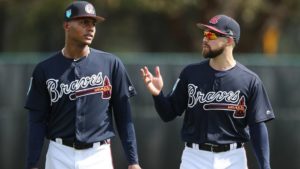
A: To be fair, we have no idea how Pache has looked, because other than 2 plate appearances on Saturday, none of the intrasquad games being held in Gwinnett have been broadcast.
That said, it’s hard to imagine that even with the normal growing pains associated young players coming up for the first time that Pache couldn’t outperform Inciarte. While he certainly could turn it around, Inciarte has been in an appreciable decline since the end of the 2018 season, and not just at the plate. His once elite-level defense is now about league average by most measures, not enough to offset a declining offensive profile that in 2016-18 was about league average.
One reason is likely service-time related. Ask five smart people when the deadline is after which teams retain a year of control for players recalled to the majors and you’ll get five separate, smart answers. But in the end, I suspect the Braves just really want to see if Inciarte can turn his season around. They are on the hook for his contract next year at $8.7 million, and giving Inciarte time to try to right the ship could both help the team in the short term and better Inciarte’s trade value — which right now has to be negligible.
Q: Will there ever be something to fill the void of losing Brett Cumberland? – T. Childers
A: No. I’m looking forward to the inevitable Adley Rutschman/Brett Cumberland catching tandem in Baltimore.
Q: Will the Braves change their strategies to adjust to a short season? Small ball? – D. Frey
A: To paraphrase Earl Weaver, it only makes sense to play for one run when you know one run will win you the game. Playing in a short season doesn’t really alter that math. What does is the adoption of the extra-inning rule that starts with an unearned baserunner on second every half inning. The Braves haven’t had to deal with that monstrosity yet, but I suspect when they do you could see some small-ball tactics deployed, especially if Atlanta is the home team.
Q: Has the DH and rule changes for the bullpen had a noticeable impact to offensive and pitching stats compared to past seasons? I realize we’re working off of a VERY small sample size for this season. – O. Conklin
A: In 2019, National League pitchers hit .131/.162/.166 with 23 home runs, 233 runs scored, and 227 runs batted in 4850 plate appearances. That was “good” enough to accumulate a wRC+ of -17 and -1.1 fWAR. In only 1735 plate appearances this season, National League DHs have accumulated +1.7 fWAR, so even after only 25 days the DH rule has already shifted 2.8 league wins from the defense to the offense.
That said, so far there hasn’t really been that big of a difference in the big rate stats for NL pitching. ERA, FIP, K%, and BB% are all within a few points of 2019, with HR% being actually down a not-insignificant amount. There’s a lot of variables with this season however as you know that likely are playing bigger roles in this than the DH rule — the abbreviated ramp-up time to the season meant that pitchers started the season “ahead” of hitters, the larger bullpens mean less likelihood of hitters facing tired arms, and the rabbit ball of 2019 seems to be a thing of the past, at least for now.
The expanded bullpens also make the impact of the new bullpen rule tough to gauge.
Q: Which prospects missed being in the “Alternate Camp” who you thought could’ve had a breakout season this year (i.e. – prospects who aren’t getting playing/development time due to cancellation of minor leagues)? – M. Young
A: I’m not sure if I was expecting a breakout from anyone not at the Alternate Training Site, but the players that it hurt the most were older minor league prospects that hadn’t gotten at least to AA yet. Four pitchers from the 2019 Fire Frogs – Nolan Kingham, Hayden Deal, Brooks Wilson, and Matt Hartman – stand out to me as potential break-through players who are really missing an opportunity. Outfielder Greyson Jenista really needed this year to lock in the swing changes that he worked hard on last season and in the AFL – he’s now playing Indy ball to try to stay sharp. Shortstop AJ Graffanino, who missed nearly the entire 2019 season with a serious illness, is missing out on a key season for him. Outfielder Terone Harris is just coming off an Organization Player of the Year 2019 season, and will now miss working off of that momentum.
The latest Prospect List Update reflected this change in circumstances, with almost all of those players dropping significantly.

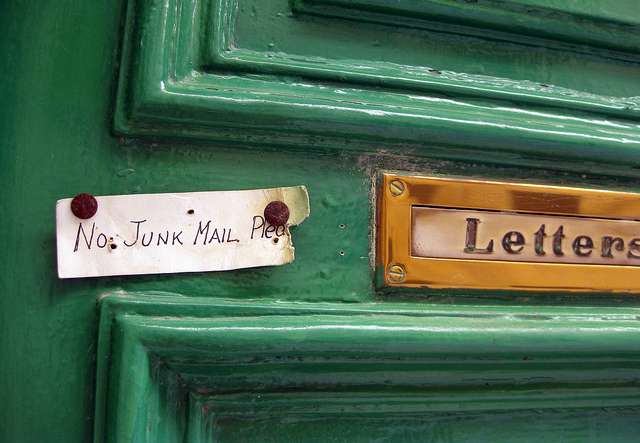
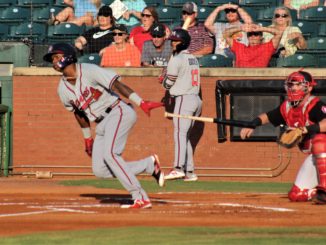
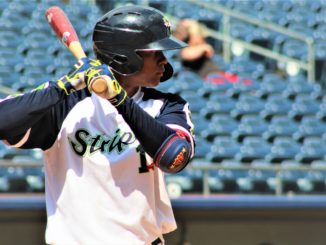
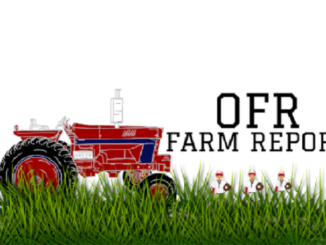
Leave a Reply